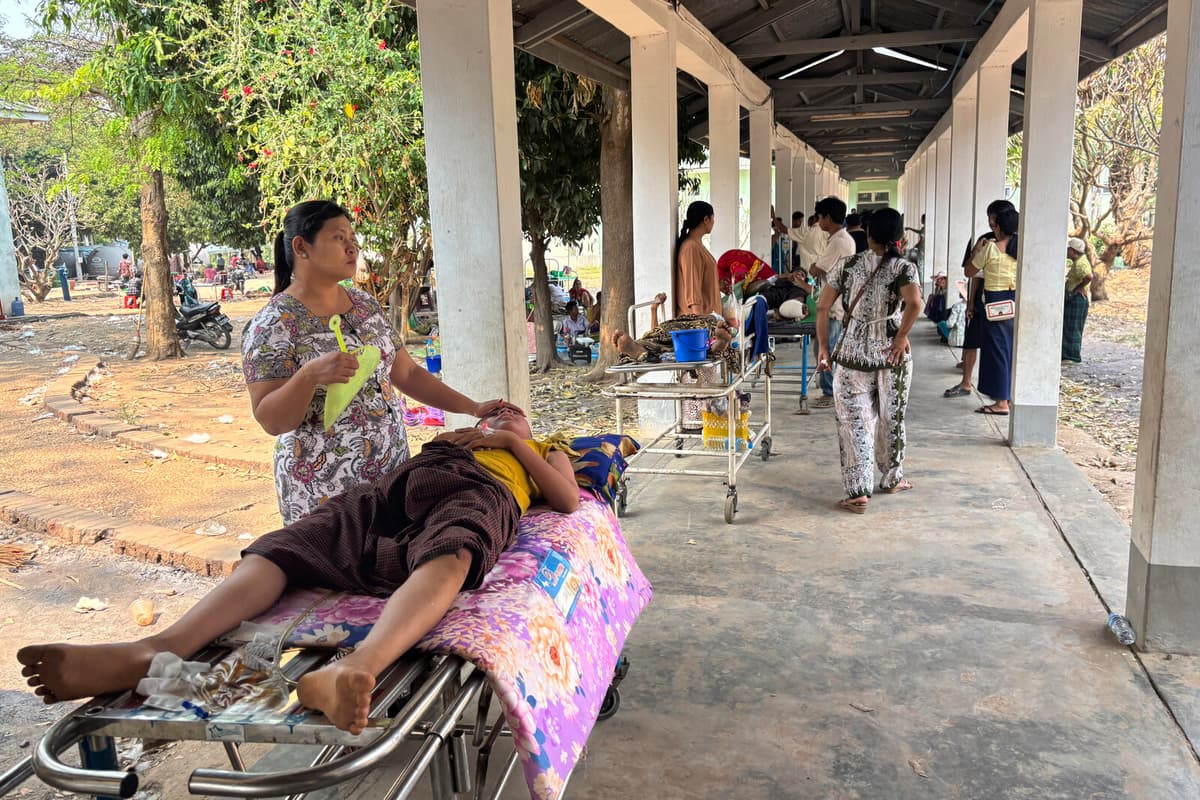Rescue efforts of enormous scope are being carried out in Thailand and Myanmar after Friday's powerful earthquake. But in Myanmar, ravaged by internal conflicts, the situation is almost desperate, since the country has been lacking functional healthcare and infrastructure for some time.
"A serious lack of equipment is hindering efforts. There is a shortage of trauma equipment, blood transfusion bags, anesthetics, disability aids, crucial medicines, and tents for aid workers", according to a statement by the UN's coordinating body for humanitarian efforts, Ocha.
Shattered Infrastructure
Already inadequate hospitals and healthcare facilities have been reduced to ruins. Telephone and internet connections are broken, making it almost impossible for authorities to calculate and direct efforts correctly, emphasizes Ocha.
Norway's Refugee Council (NRC) points out that 19 million people are in acute need of help and that the international community must quickly show its willingness to contribute – and that authorities allow aid workers to access disaster areas.
Particularly vulnerable are children in Myanmar and those living in camps along the border with Thailand, fleeing the conflicts in Myanmar. Around 28,000 children are in refugee camps, according to Save the Children.
Psychological Support
The organization warns that schools are being closed and healthcare efforts for children are being neglected – and that increased violence, abuse, and exploitation of children risk increasing after a disaster of this scope.
"Children will also need emotional support in the coming days, weeks, and months – immediate and coordinated international efforts are crucial", says Jeremy Stoner, regional chief for Save the Children, in a statement.
Refugee children living along the border between Thailand and Myanmar already had limited access to sanitation facilities, healthcare, and education before the earthquake. The situation now is almost catastrophic, writes Save the Children.





